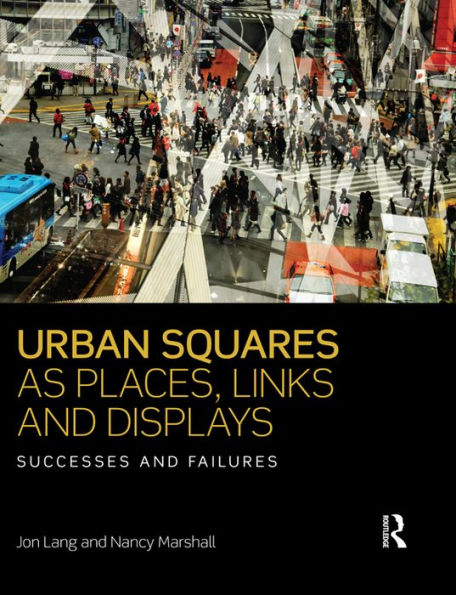Table of Contents
Prologue: The Concern
Part 1: Introduction
1. Experiencing Public Open Spaces
2. Squares as Places, Links and Displays
3. Sociocultural Considerations
Part 2: Types of Urban Squares and their Design
4. Public, Quasi-public and Semi-public Squares
5. Types based on Instrumental Functions:
6. Types based on Size
7. Types based on Degree of Enclosure
8. Types based on Configurations
9. Types based on Internal Designs
10. Types based on Symbolic Functions
11. Types based on Design Paradigms
Part 3: Learning from Case Studies
12. A Score of Case Studies
- Rittenhouse House Square, Philadelphia
- Sproul Plaza, University of California at Berkeley
- Paley Park, New York
- Cours Honoréd-Estiennne d’Orves, Marseille
- La Place des Terreaux, Lyon
- Federation Square, Melbourne
- Paternoster Square, London
- Robson Square, Vancouver
- Olympic Plaza, Calgary
- Trafalgar Square, London
- The Capitol Square, Chandigarh
- Oxford Square, Sydney
- Pershing Square, Los Angeles
- Schouwburgplein, Rotterdam
- The Guggenheim Museum forecourt, Bilbao
- North and South Shanghai Railway Station Squares, Shanghai
- Jacob K. Javits Federal Building Plaza, New York
- Granary Square, London
- Times Square, New York
- Piazza San Marco, Venice
Part 4: What Works and What Doesn’t Work
13. The Qualities of Lively Urban Squares
14. The Qualities of Quiet Urban Squares
Epilogue



